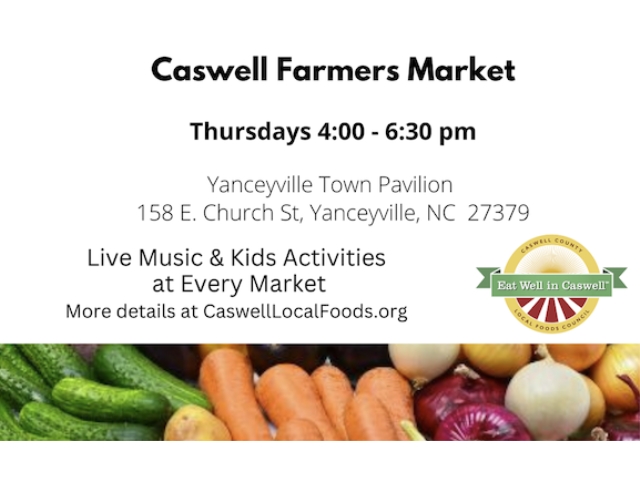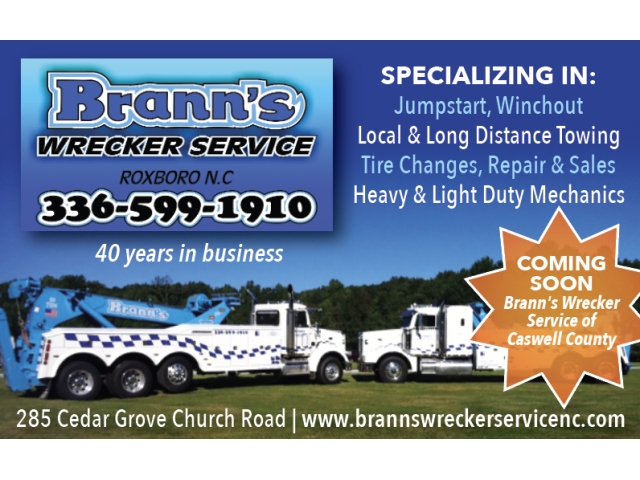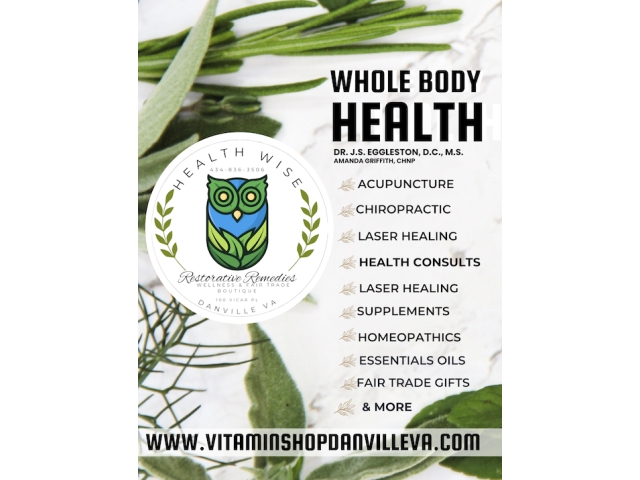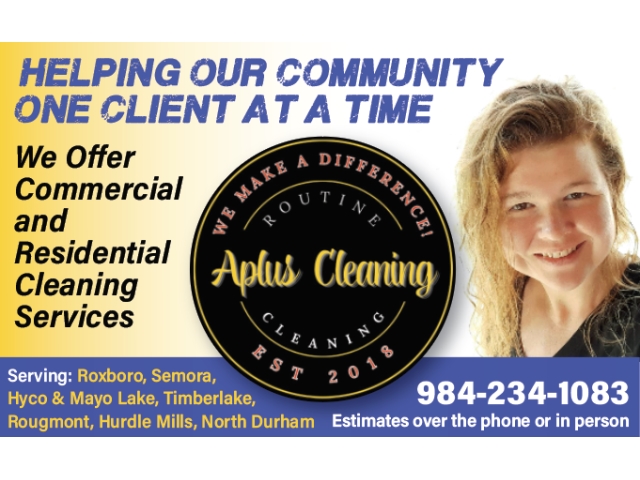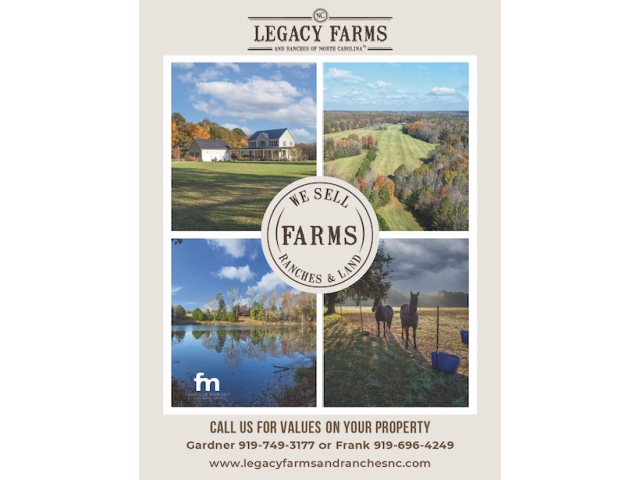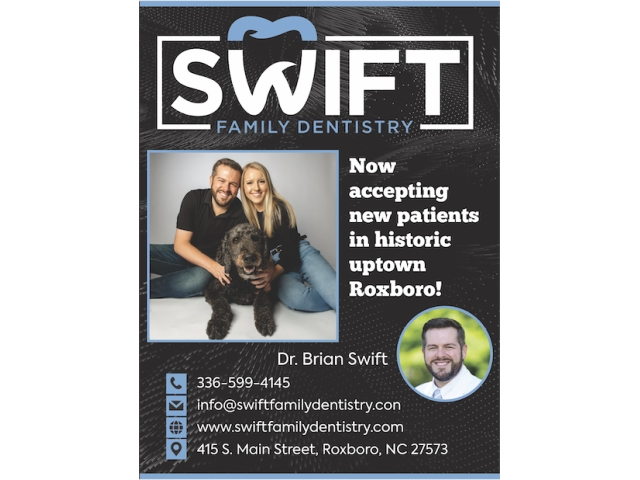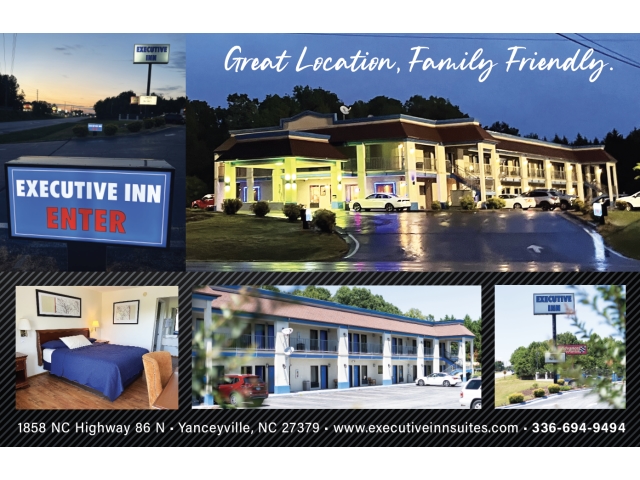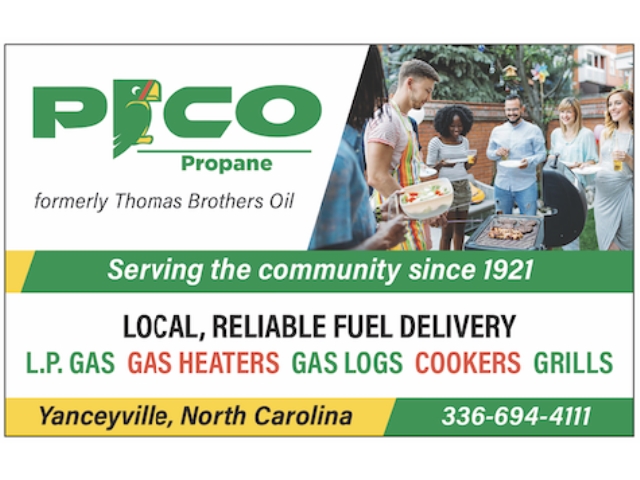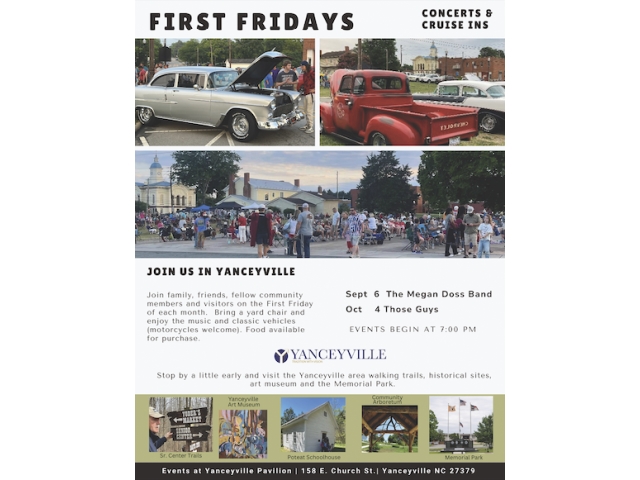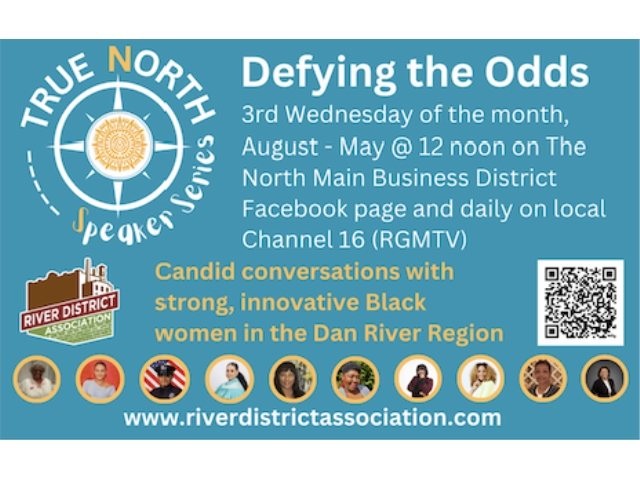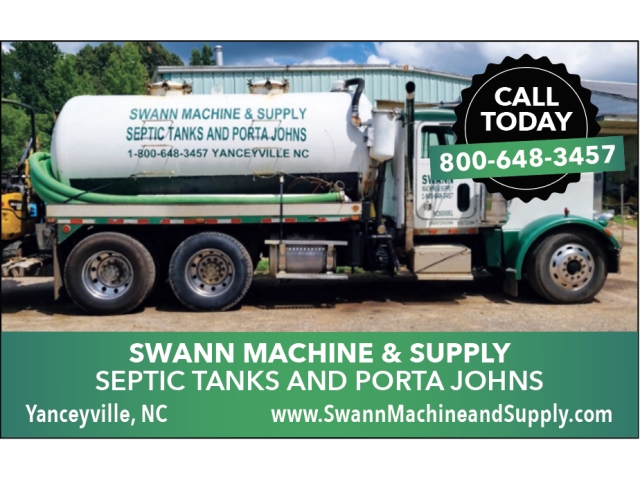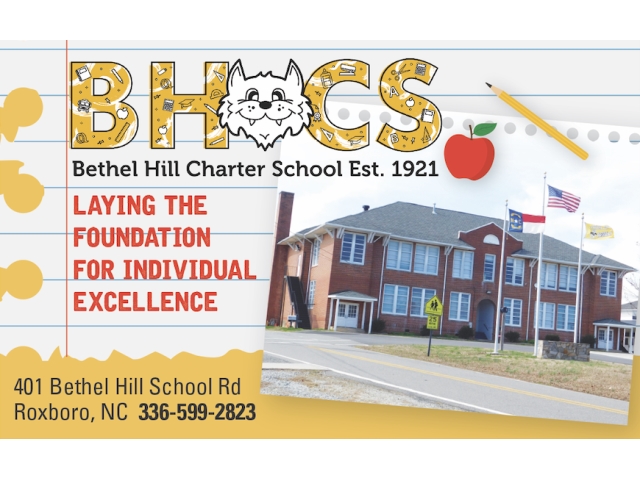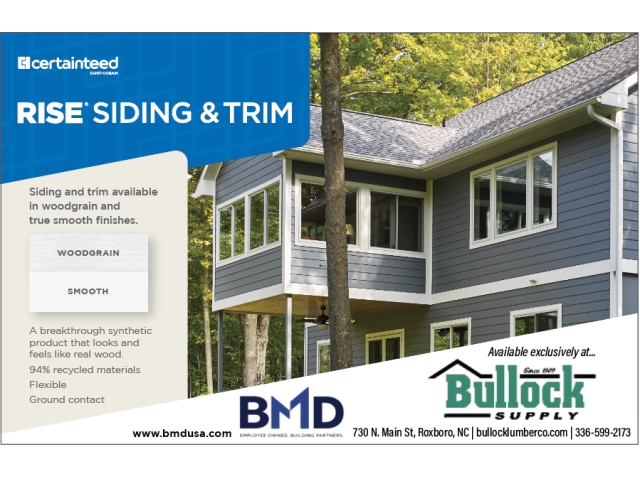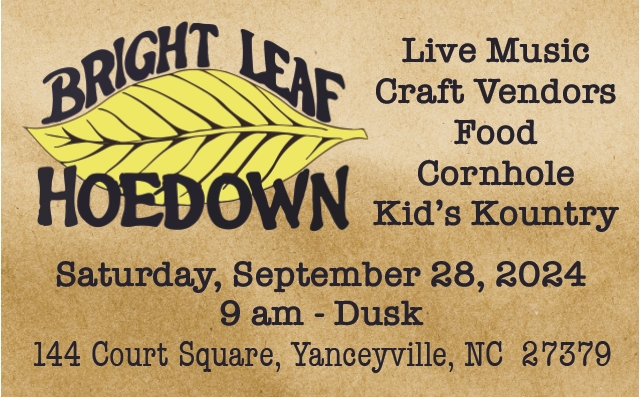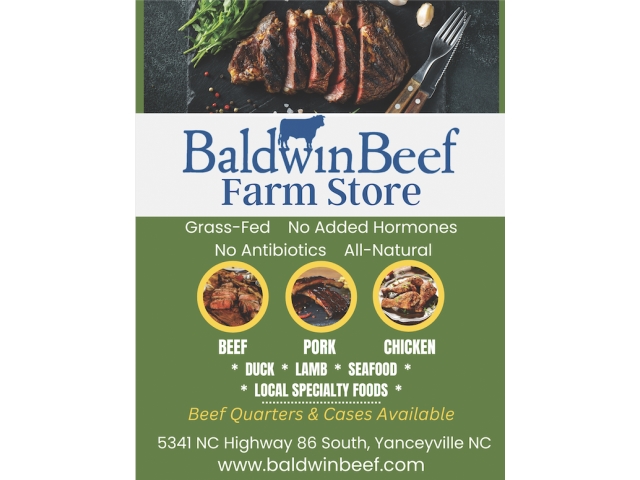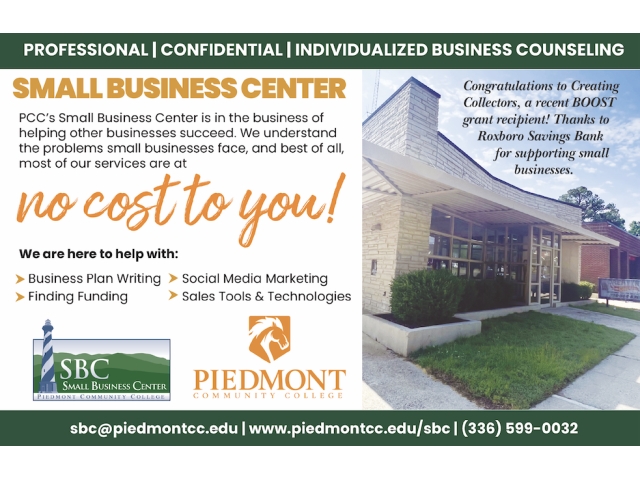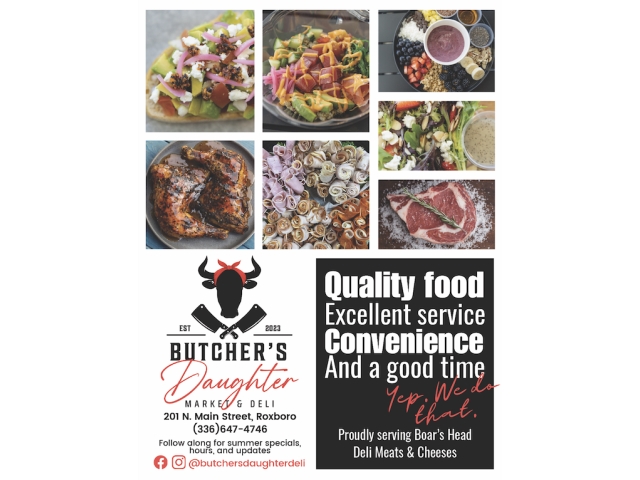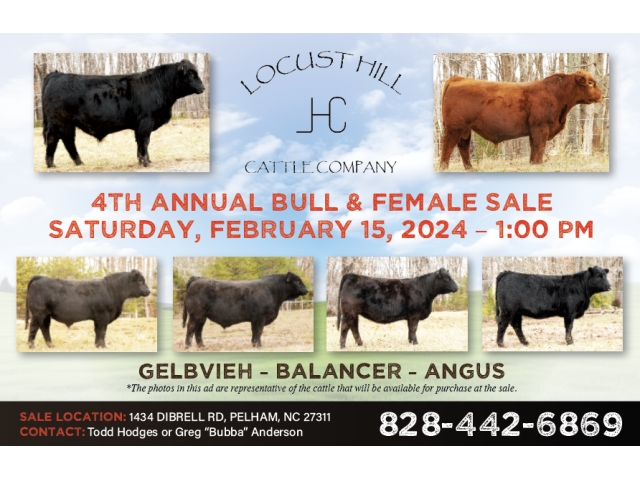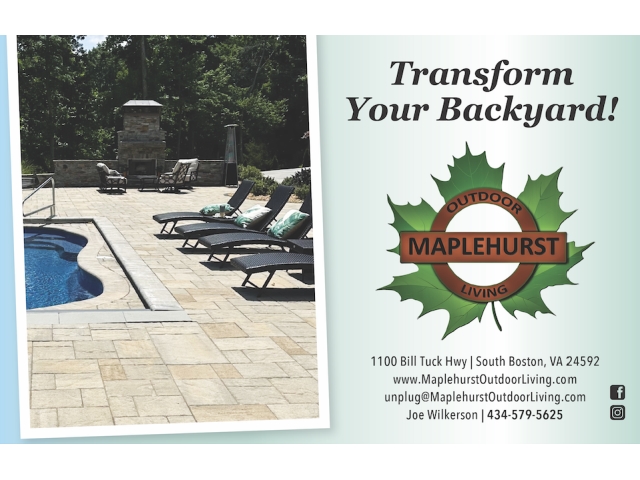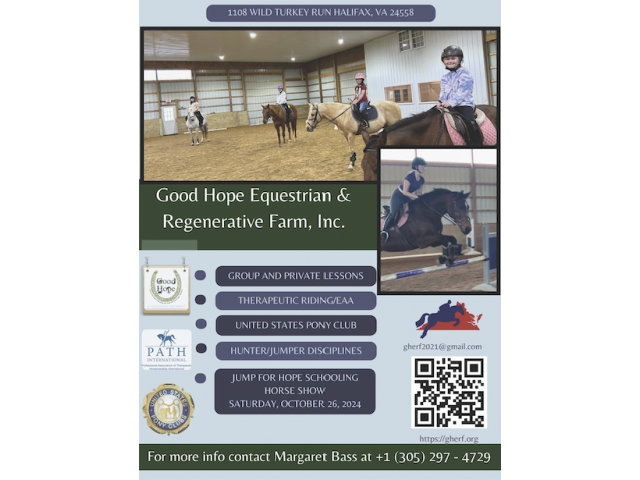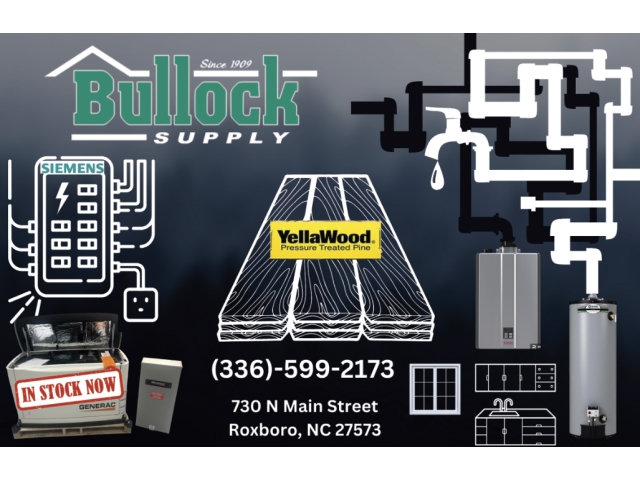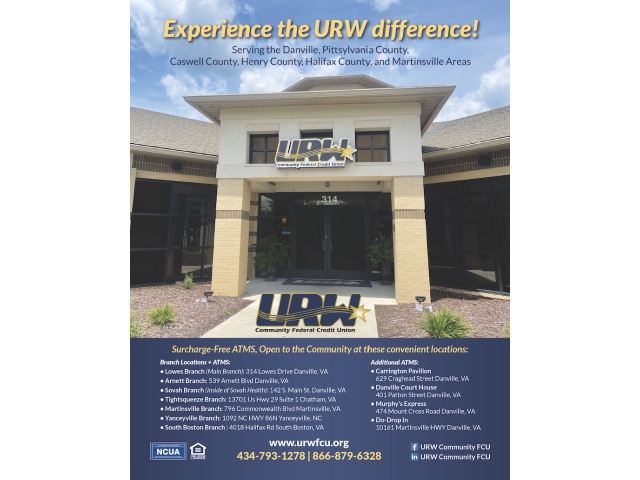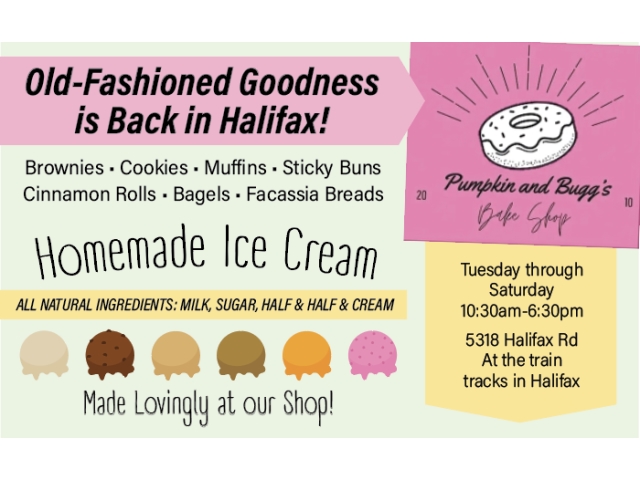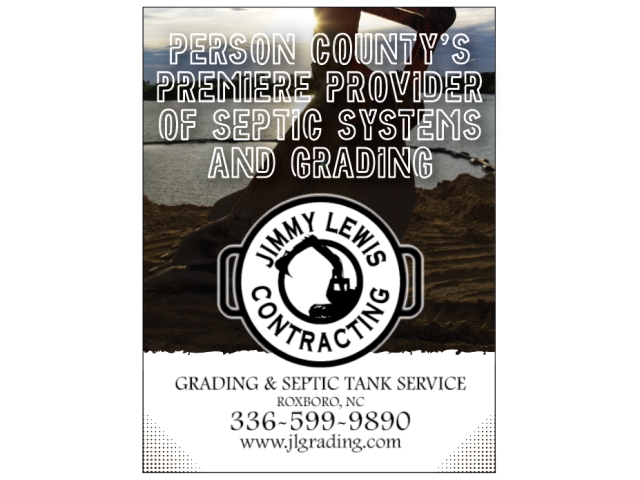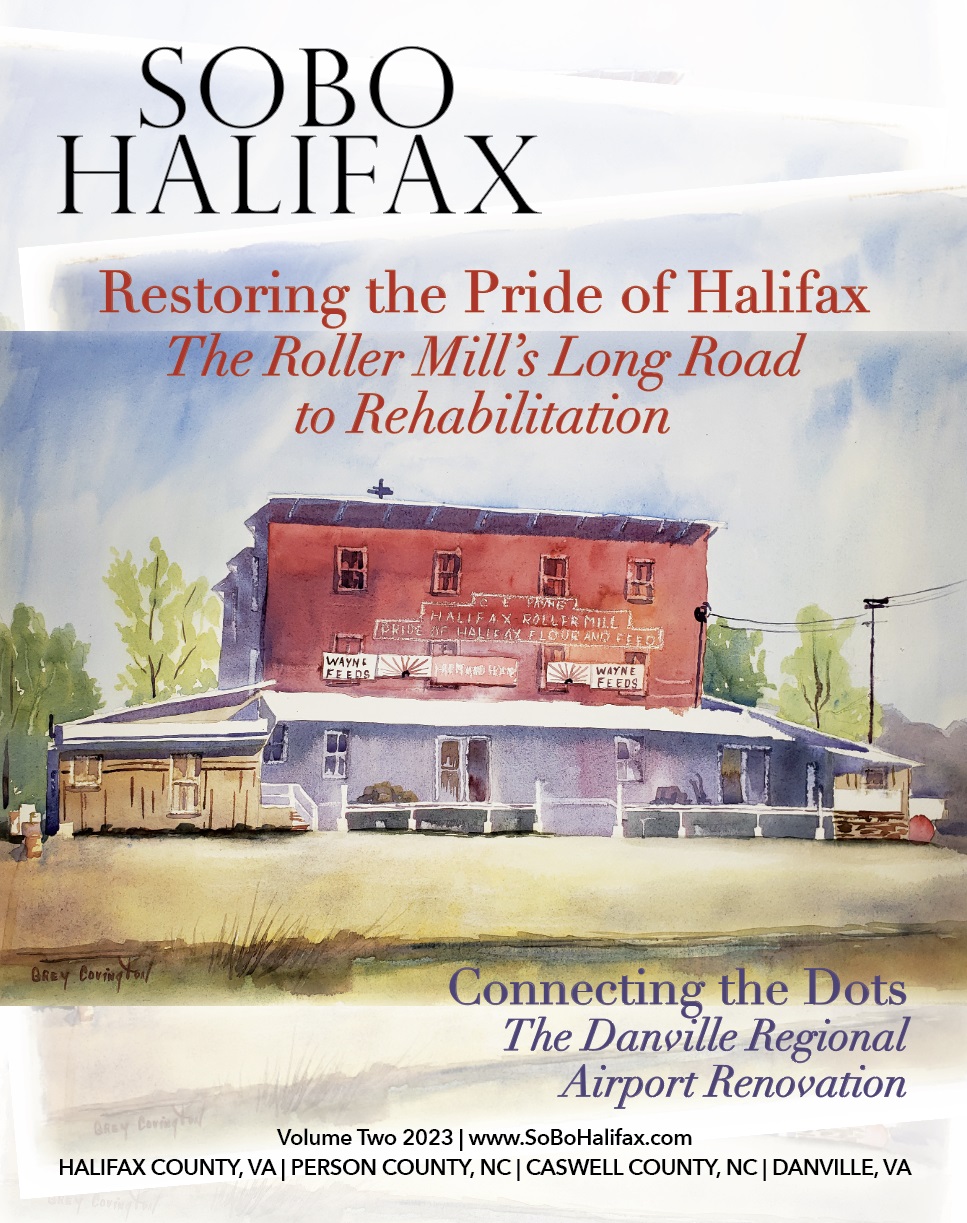
The Roller Mill’s Long Road to Rehabilitation
Standing at the southern gateway to Historic Downtown Halifax, Virginia, the Halifax Roller Mill was once marketed as the “pride of Halifax Flour and Feed.” While it still looms over the railroad tracks, catching the eye of locals and tourists alike with three towering stories and distinctive brick-red coloring, this statement structure is in critical need of restoration and repurpose.
The Roller Mill is a three-story, four-bay structure situated on two acres adjacent to the railroad tracks in Halifax. It has a stepped, parapet roof, an Italianate-style bracketed cornice, and a frame structure clad in German weatherboard and bricktex siding. Two freight doors are located underneath the loading dock, facing the railroad tracks. Six circular grain storage bins are located behind the mill.

History of the Mill
Built in 1915 by Robert S. Hupp for R. Holt Easley, the Roller Mill was originally named Banister Mills. While mills were traditionally built next to a river to use as a power source for grinding grain into flour, the Halifax Roller Mill used electric power to operate its five stand roller mills with each stand holding four steel grinders.
The Roller Mill was a thriving industrial and commercial operation that served as a social hub for the rural county. Halifax County was one of the largest producers of corn, oats and wheat in Virginia, and the Roller Mill provided a necessary service to the farmers. During World War I, the Roller Mill was a flour supplier for the government. In 1936, Carl E. Payne bought the mill, which still bears his namesake on the front of the building. According to C.E. Payne’s grandson, Charles Payne, “in its heyday (1950s and 1960s) I can remember trucks with wheat lining up all the way to Halifax, to Cleve Wilborne’s [gas] station.” During its busy season in June and July, the mill would run 24 hours a day.
In 1951, C. E. Payne died, and his three sons continued to operate the mill until the mid- to late 1960s. As government regulations increased and the American tradition of homemade biscuits and breads declined, the milling operations declined. The mill closed in 1996.
Terry Ammons, the principal of Studio Ammons, has worked for over 30 years in the architecture and design field on multi-faceted projects including historic preservation and rehabilitation. He stated: “As a survivor of its time, the Halifax Roller Mill represents the characteristics that defined rural merchant mills from the early 20th century. The mill was the economic heart of the community. Before you could buy packaged flour in the store or a market, you had to come to the mill, or come to town, to pick up your flour or meal. You often see the mill located at the end of a town’s Main Street, as in Halifax, becoming a local and regional landmark and gateway building for the town and an integral part of the business community there.”
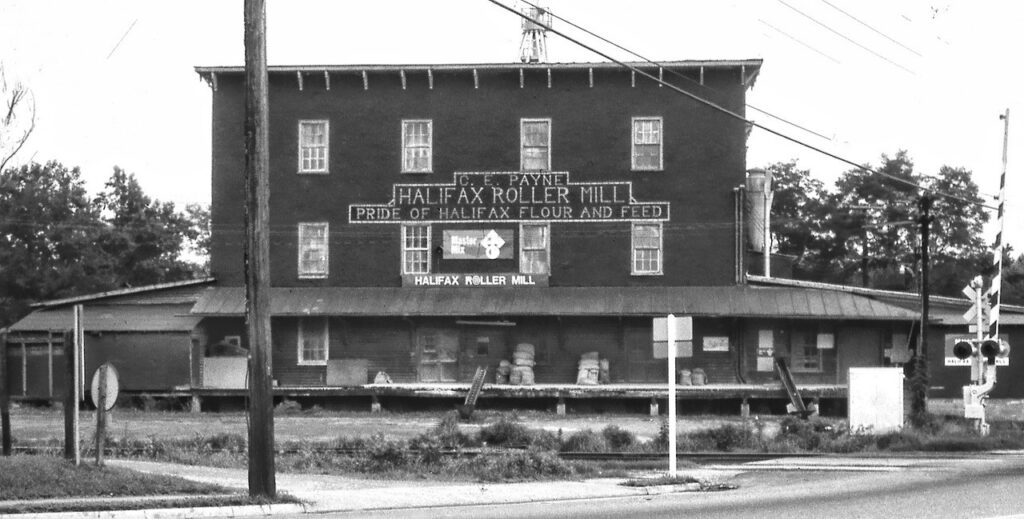
Rehabilitation
In 2004, Bill and Darnell Abbott, owners of the neighboring business Abbott Farm Suppliers, purchased the Roller Mill. At that time, the entire property and sections of the building were in dire shape. Because the structure was missing significant portions of roofing, the owners immediately installed new rafters, sheeting, and tin to prevent further water damage, which had been accumulating for seven to eight years. Shortly after, Hill Studio conducted an adaptive reuse study in conjunction with façade matching funds from the Community Block Grant administered by the Virginia Department of Housing and Community Development. As a result, the owners emptied the building and cleared the site of debris. The dilapidated porches were removed, the roof was repaired, and the animal waste, grain, and fallen equipment were removed from the interior of the structure. They further stabilized the second and third floors, replaced siding on the most vulnerable exterior sections, and generally secured the building from further deterioration. Character-defining features such as milling fixtures, grain bins, grain silos, and weigh scales were retained as interpretive elements for any future redevelopment efforts.
However, due to extensive damage from Hurricanes Matthew and Florence and continued deterioration, the Roller Mill is once again on the verge of catastrophic failure. Preservation Virginia, a private, nonprofit organization dedicated to preserving, promoting, and advocating for Virginia’s cultural and architectural history, named the Roller Mill one of Virginia’s Most Endangered Historic Places for 2020. Preservation Virginia places historic structures on this list “when they face imminent or sustained threats to their integrity.”
Fortunately, in 2022 the Roller Mill received a federal grant from the National Park Service, administered by the Virginia Department of Historic Resources (VDHR), for historic properties damaged during the back-to-back hurricanes in the fall of 2018. The severe weather events of Hurricane Michael and Hurricane Florence damaged the previously repaired roof and siding, exposing the mill to wind, rain, snow, heat, cold, and sun and have renewed the threat of the historic structure’s demise.
In 2023, these funds will be used to stabilize the Roller Mill by closing the roof opening, repairing the retaining wall, replacing the rotten sill, lifting the basement wall, and replacing windows, doors, and metal roofing to ensure that further deterioration from wind, rain, and flooding will be mitigated. The owners will continue to oversee this work, plan to hire local contractors, and will contribute labor, funds, and materials to cover the difference between the grant allocation and the cost of the work required. Due to his expertise in this type of historic preservation, the owners have engaged Ammons to aid in this process.

The Future
Last year, the Healthy Harvest Community Garden (HHCG) moved to the Roller Mill site, occupying approximately a quarter-acre of land with plans for expansion. As a result, the community garden has partnered with the Town of Halifax and the Halifax Farmer’s Market to increase community involvement and fundraising opportunities. However, relocating the HHCG to the Roller Mill site is the tip of the iceberg as to what is possible for our community in this historic space. “As an anchor and gateway building to downtown Halifax, the mill is a symbol of the town and the county’s economic and cultural history, and has an important role to play in the redevelopment of Main Street,” Ammons stated.
While the stabilization is critical to preserving the Roller Mill, it is only a small step on the road to revitalization. With the structure’s sheer size, unique features, and prominent location in downtown Halifax, the Roller Mill offers exciting possibilities to become a community and agricultural hub once again in Southern Virginia. Kristy Johnson, Executive Director of the Halifax County Industrial Development Authority, stated “the redevelopment of historic structures such as the Roller Mill can bring such an economic vibrancy to a downtown district, as seen from the redevelopment of several former tobacco warehouses in the town of South Boston which have created a ripple effect of redevelopment in the downtown district. A successful adaptive reuse of the Roller Mill facility could have similar widespread economic benefits for the Town of Halifax, and I applaud the Abbotts for their efforts. “
Potential first-floor uses include a restaurant, gallery space, market, and museum. The second floor offers the ideal space for offices, community gathering areas, classrooms, and conference rooms. Lastly, the third floor’s high ceilings, exposed wood beams, and views of historic Halifax provide impressive features for a banquet hall and event space.
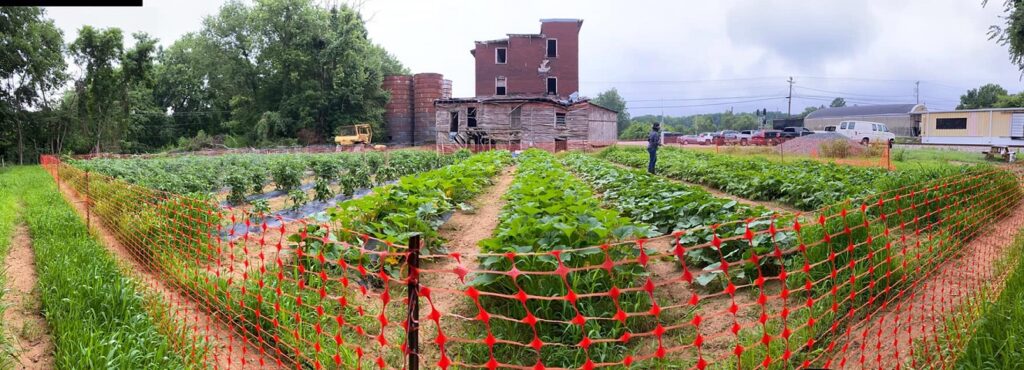
Regardless of its final use, the public’s feedback on any uses of such a historic landmark will be crucial. The Hill Studio adaptive reuse study stated that “successful renovation and reuse of the Halifax Roller Mill will require a partnership effort. At present, local interested parties include the mill’s owner, downtown business owners, various residents, the own of Halifax, Halifax County, and the Halifax County Industrial Development Authority. It is likely that whatever use is ultimately placed in the old mill that the project will require assistance from a diversity of these interests.”
With the momentum from the DHR grant and the community garden relocation, the owners are seeking to reenergize the preservation and adaptive reuse efforts to restore the Roller Mill to the pride of Halifax.

445 S Main Street
Halifax, VA 24558
(434) 476-7333
https://www.abbottsinc.com/
Learn more about the author at https://ncvamedia.com/walker-abbott/
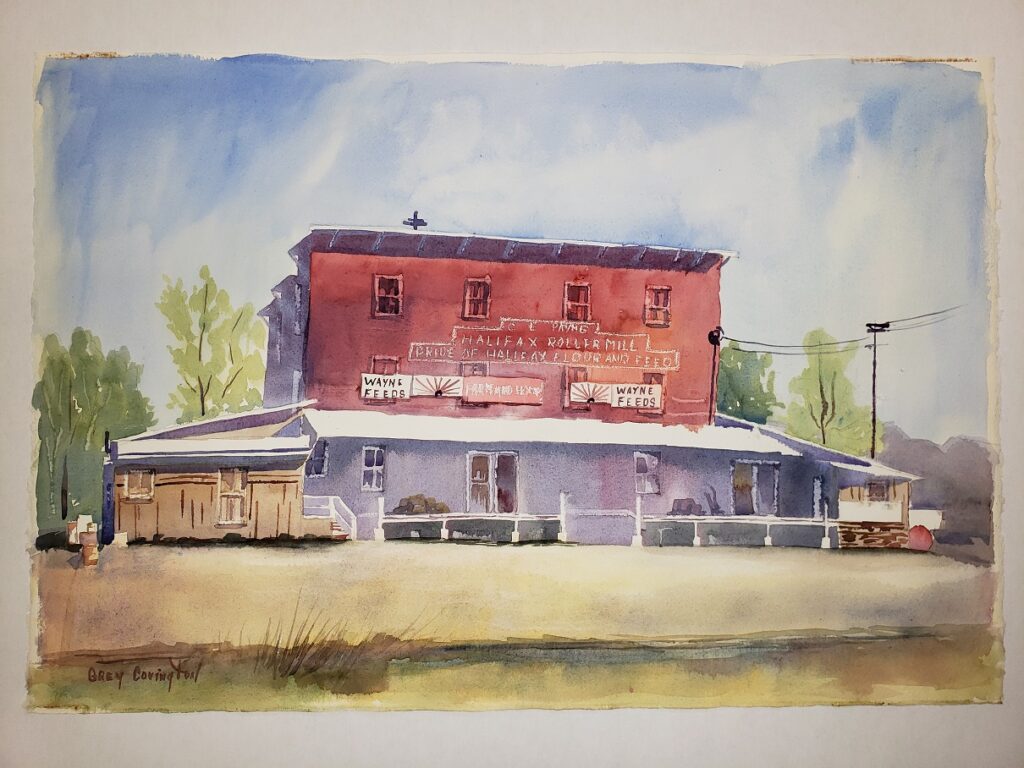
Legal Stuff
This material is based upon work assisted by a grant from the Department of the Interior, National Park Service. Any opinions, findings, and conclusions or recommendations expressed in this material are those of the author(s) and do not necessarily reflect the views of the Department of the Interior or the National Park Service.
This program receives federal financial assistance for identification and protection of historic properties. Under Title VI of the Civil Rights Act of 1964, Section 504 of the Rehabilitation Act of 1973, and the Age Discrimination Act of 1975, as amended, the U.S. Department of the Interior prohibits discrimination on the basis of race, color, national origin, disability or age in its federally-assisted programs. If you believe you have been discriminated against in any program, activity, or facility as described above, or if you desire further information, please write to:
Chief, Office of Equal Opportunity Programs
United States Department of the Interior
1201 I Street, N.W., 5th Floor, ORG Code 2652
Washington, D.C. 20005











